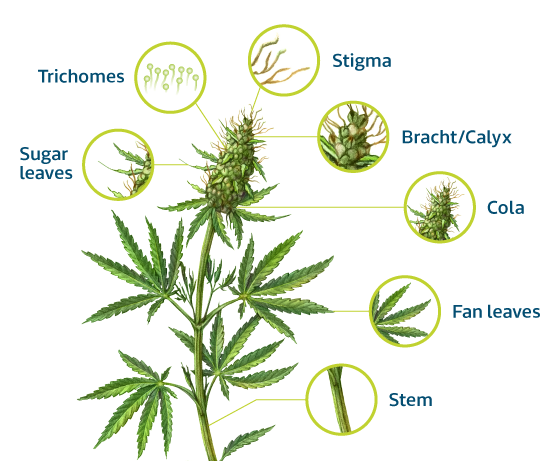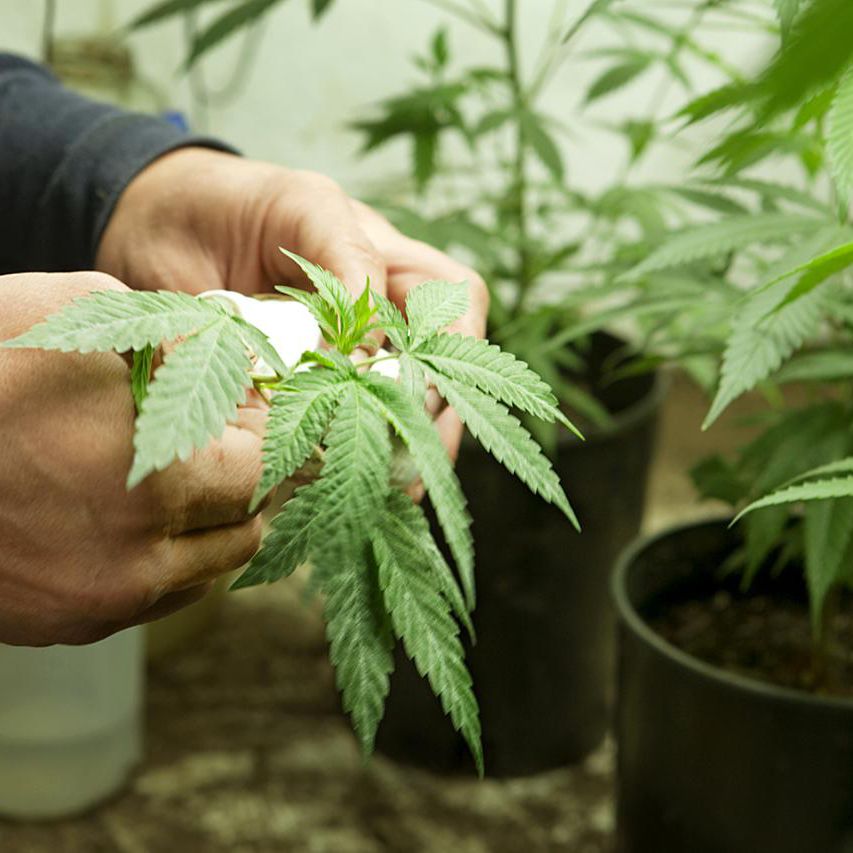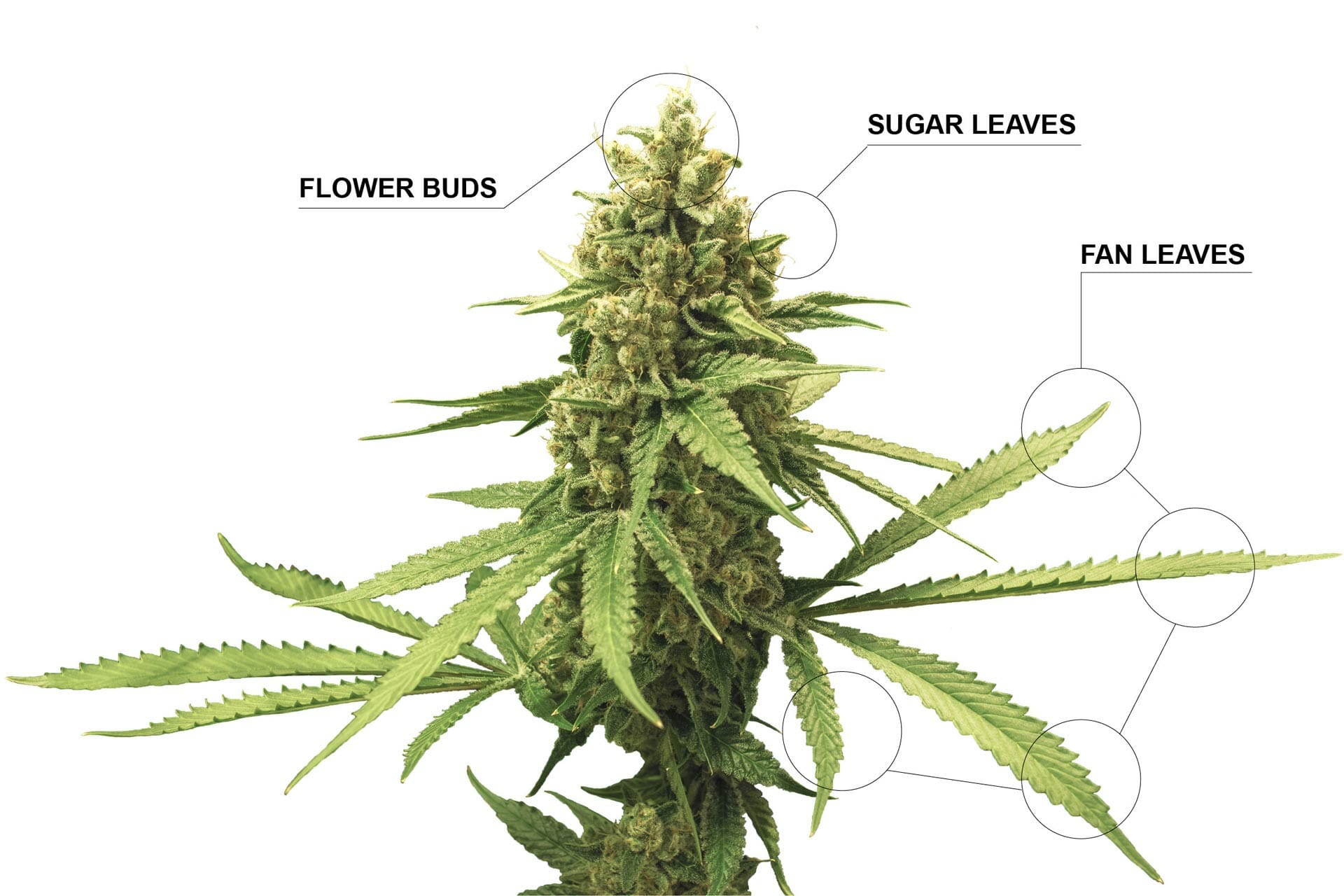The Structure And Function Of The A Marijuana Plants
Marijuana Plant Anatomy: It is anticipated that the legalized marijuana market in both the United States and Canada will reach a size of $47.3 billion by the year 2027. Because of this, it will be greater than the whole yearly sales of raw metals around the world, such as nickel and silver combined. It would be so large that it would even surpass the size of the pork market in North America.
Marijuana Plant Anatomy: The information surrounding the fundamentals of cannabis, on the other hand, is not as deeply established in our culture, which makes sense given the fact that practically everyone is familiar with the fundamentals of mining and ranching.
Cannabis Plants 101: Marijuana Plant Anatomy
Marijuana Plant Anatomy: The Green Organics Dutchman is the source of the infographic that we are sharing with you today. It provides a breakdown of the anatomy of a cannabis plant, as well as the variations between the many varieties of plants and the fundamentals of cannabis growing.

The Following Is A List Of More Significant Information That You Must Learn About The Plant:
Plant Anatomy: Marijuana Plant Anatomy
Marijuana Plant Anatomy: Cannabis used for commercial purposes originates from the female plants of the species, which are characterized by their long, slender stems and broad, recognizable fan leaves. The plant is cut into buds, which are then allowed to grow together to form a cola at the very top of the stem. The cannabis plant is covered in trichomes, which are a coating of crystal resin that contain both terpenes & cannabinoids. Trichomes may be found on all parts of the plant.
Cannabinoids
Marijuana Plant Anatomy: THC and CBD are the two cannabinoids that have received the most attention, and they are also found in the highest concentrations. THC, or delta-9-tetrahydrocannabinol, is the chemical compound that is responsible for the psychoactive effects of cannabis, also known as the “high.” The effects include alleviation of pain, prevention of nausea, promotion of sleep, stimulation of hunger, and enhancement of mood.
Marijuana Plant Anatomy: Because cannabidiol (CBD) has virtually no intoxicating effects, it is favored for use in medicinal applications. Among its effects are a reduction in the frequency and severity of seizures, as well as relief from pain and nausea. Other cannabinoids, such as cannabichromene (CBC), cannabigerol (CBG), & cannabinol (CBN), possess therapeutic characteristics that are analogous to those of CBC, CBG, and CBN. Research is proving that the plant is effective in treating a variety of medical ailments, including cancer, multiple sclerosis, post-traumatic stress disorder (PTSD), and Alzheimer’s disease.
Terpenes: Marijuana Plant Anatomy
Marijuana Plant Anatomy: The essential oils of any and all flowers, including cannabis, contain terpenes, which are organic, fragrant substances. It is interesting to note that each of these oils possesses its own distinct medical capability that is just waiting to be uncovered. Because of their synergistic relationship, cannabinoids and terpenes produce what is known as a “entourage effect,” which boosts the medicinal efficacy of cannabis.
Sativa, Indica, Hybrid: Marijuana Plant Anatomy
Marijuana Plant Anatomy: Sativa and indica are the two most popular forms of cannabis plants. Both types provide high yields. The leaves of sativa plants are longer and more narrow, and their overall appearance is lighter. The buds are elongated and wispy, and they are coloured either red or orange. They often have high concentrations of THC and low levels of CBD, making them ideal for use during the day because of their energetic, stimulating, and creative effects.
The leaves of an Indica plant are wide, broad, and a dark tint all the way through.
Marijuana Plant Anatomy: The buds have a dense and closely packed appearance, and they are coloured purple. The THC content in indica strains is often on the lower end, while the CBD content might be significantly greater. Its effects, which are frequently described for being relaxing and peaceful, are better suited for use in the evening or at bedtime.
It is also important to note that hybrids strains can frequently combine the positive aspects of both parents into a single plant that possesses the advantages of both.
A Look At The Cycle Of Life For A Cannabis Plant
Different types of care are required at various stages of a cannabis plant’s development, including:
1. Germination Of The Seed: One To Two Weeks
Marijuana Plant Anatomy: The seeds are ready to germinate when they are a dark brown color, are firm, and are completely dry. To hasten the process of sprouting, moisten the seeds while they are contained in the paper towel.
2. Seedling: 2-3 Weeks: Marijuana Plant Anatomy
Marijuana Plant Anatomy: Place the seeds in the medium for growth. At this stage, plants require the maximum amount of light and the proper amount of water. Cotyledon, also known as seed leaves, as well as the characteristic fan leaves will sprout.
- Light: between 18 and 24 hours
- 70 percent relative humidity
- Temperature: 20-25°C
3. Vegetative: 2-8 weeks
Marijuana Plant Anatomy: Plants require moving air that is dry and flowing, water that is clean and warm, and an increase in nutrients, particularly nitrogen. In order to avoid the female plants from generating seeds instead of trichomes, it is essential at this time to separate the male and female plants before the pollination process begins.
- Light: sunshine continuously for 12 hours (18 hours fluorescent light)
- The humidity is at fifty percent.
- Temperature: 20-24°C
4. Flowering: 6-8 weeks
Marijuana Plant Anatomy: Reduce the plant’s exposure to light over time to bring out its medicinal properties. Raise the amount of phosphorus while lowering the amount of nitrogen. The development of new buds is aided by the use of fertilizers.
- Light: twenty-four hours
- 40–50 percent humidity is expected.
- Temperature: 20-28 °C

5. Harvesting: Marijuana Plant Anatomy
Marijuana Plant Anatomy: Remove any dead or dying buds. When the buds change color from creamy white to reddish orange, the plant is ready for harvest. To achieve the optimal flavor and impact, harvest the plant when between 70 and 90 percent of the pistils have turned brown.
- The humidity is at fifty percent.
- Temperature: 20-25°C
Marijuana Plant Anatomy: When the cannabis sector reaches its full potential, customers will want items of the best possible quality. It is becoming increasingly important to cultivate cannabis in its natural setting in order to produce a high-quality end product. In the next instalment of this series, we are going to delve into various cultivation techniques and the advantages of organic cultivation techniques with regard to the quality & effects of cannabis.

